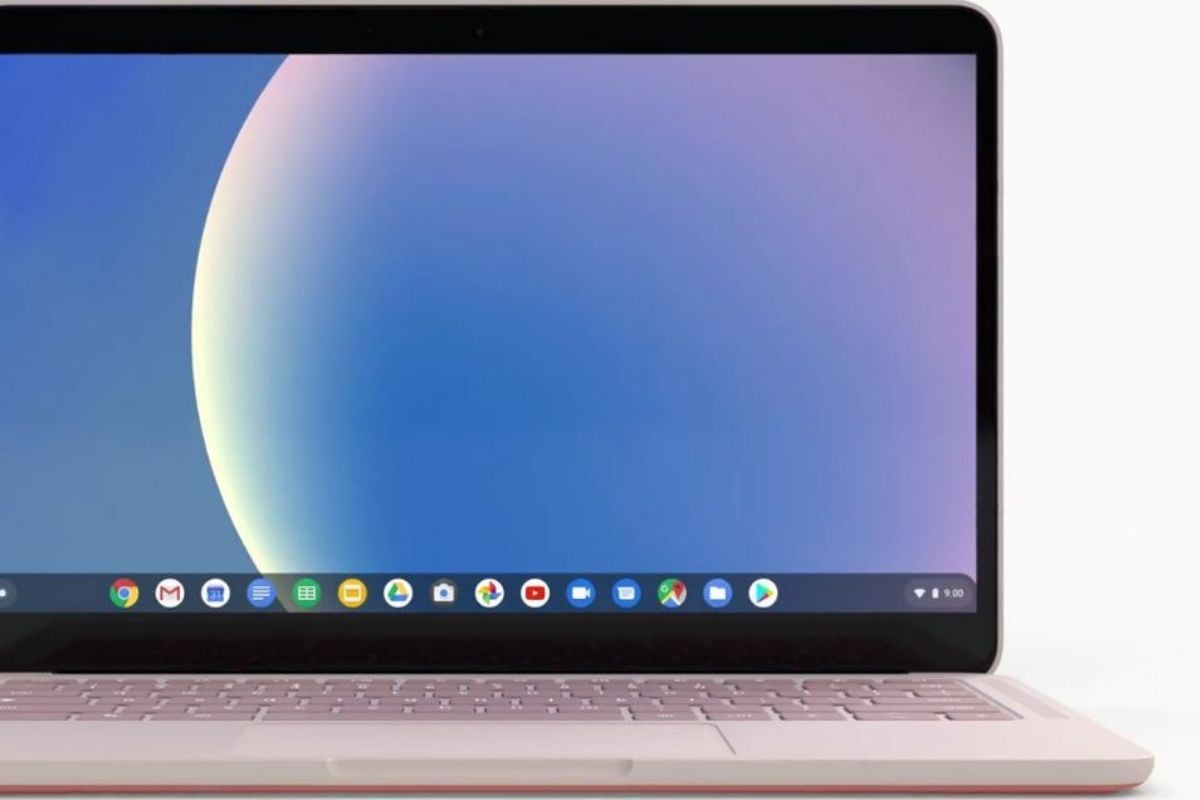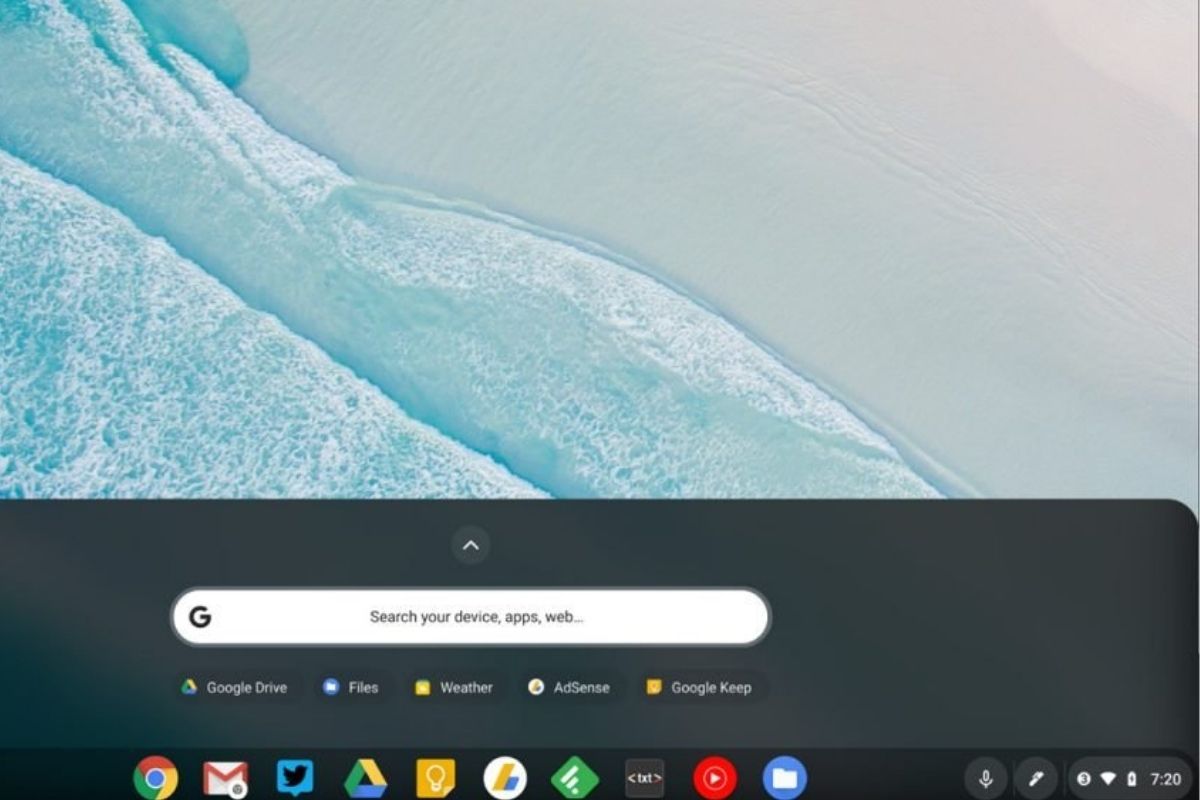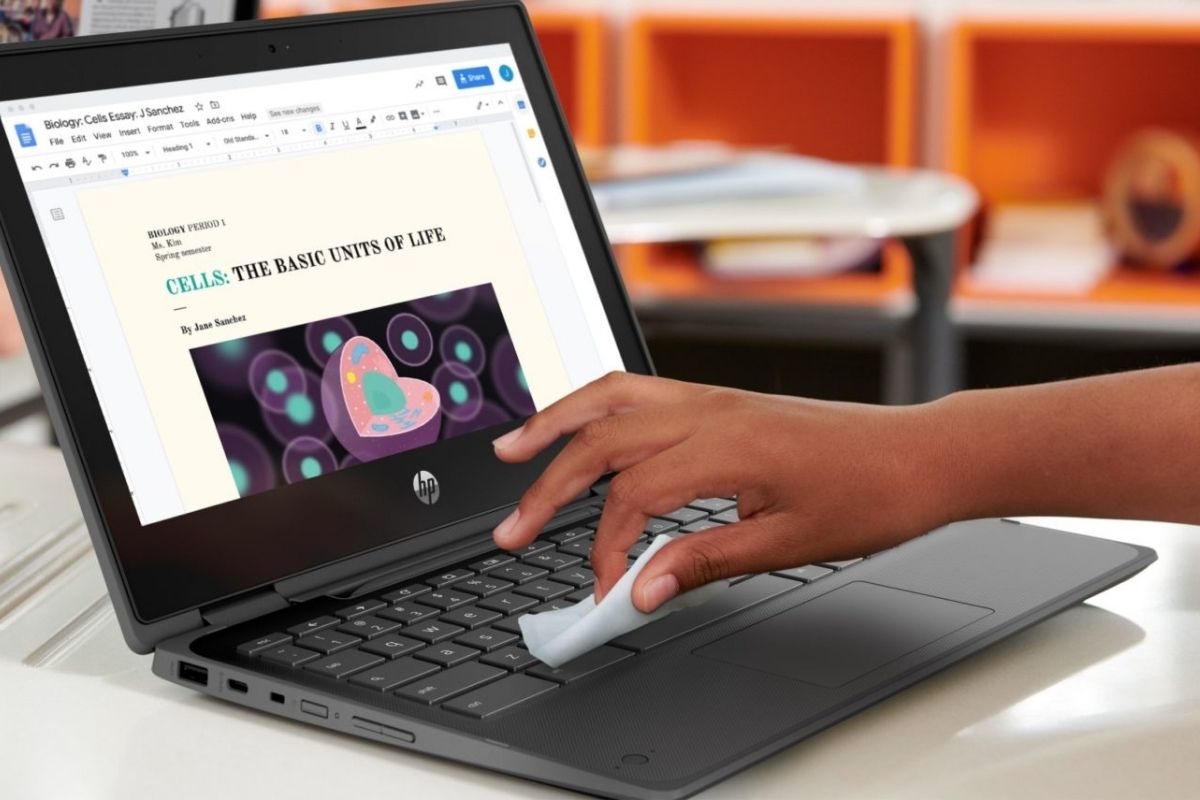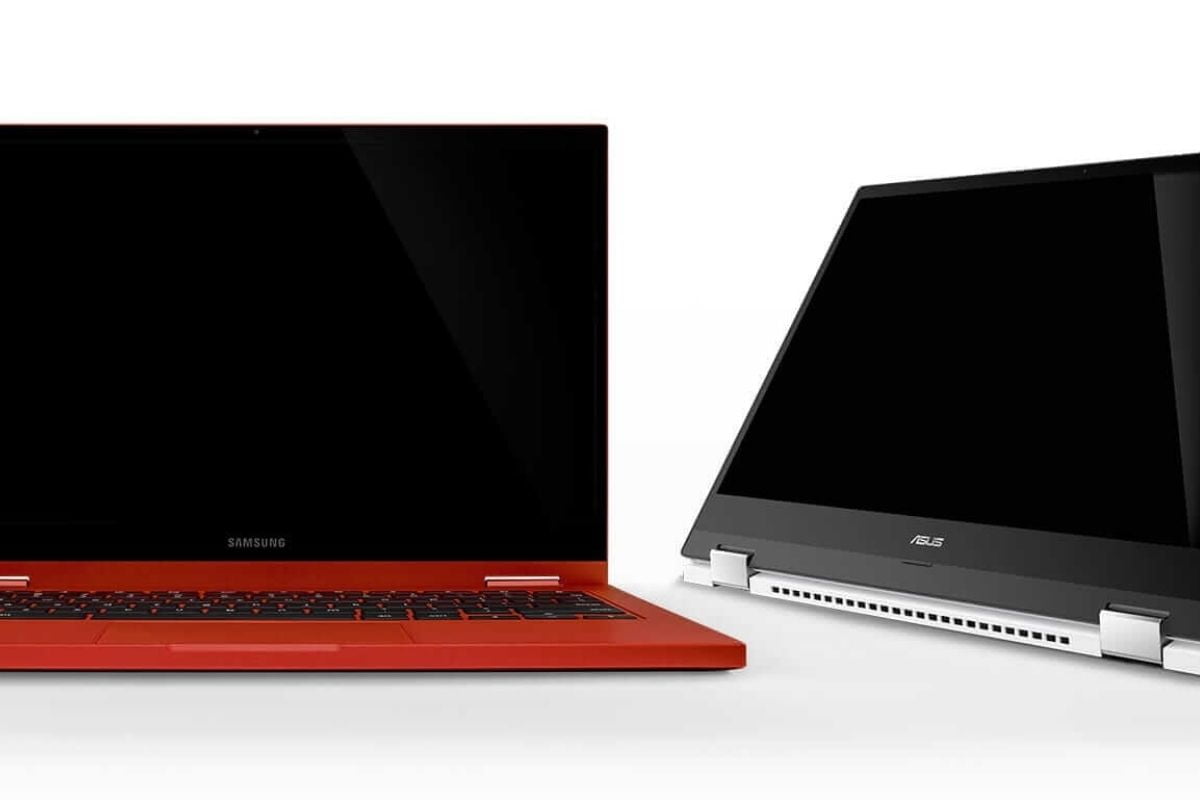The PC market has seen multiple changes in recent years, from the downfall of Intel to the rise of AMD and higher sales in recent years due to the pandemic, which resulted in work moving online, requiring more computing power for most tasks. Most users are aware of the normal PC or laptop, which uses Microsoft’s Windows, with its primary competitor being Apple’s Mac running macOS. However, there is a third competitor, which seems to be creeping up to regular laptops, at least on a global scale. This third competitor is Chromebooks, a unique blend of hardware with Google’s own software for larger devices. What are Chromebooks, why are they becoming popular and, why does that not reflect in India? Find out below.
Chromebooks: Robust Design Meets Fluid UI
Chromebooks as a concept are quite interesting. As Google states, it is a new type of computer designed to get things done easier and faster-using Chrome OS, an OS that uses cloud storage and emphasizes security. This, at least on paper, should result in a good device, right? Well, yes and no. While there is no denying that Chromebooks are indeed popular and are seeing a larger market share (find more info below), there are some flaws. Before discussing these flaws, especially from the point of view of an Indian consumer, we must reflect upon the success that Chromebooks have seen in recent times. As per a report by Canalys, the PC market, which includes desktops, notebooks, tablets, Chromebooks etc., saw a 53% growth in Q1 of 2021, with over 122 million units shipped during this period. Out of these devices, Chromebooks saw a 274% growth on a YOY basis. The total number of Chromebooks shipped in Q1 stands at 12 million, with top manufacturers being HP, with 4.3 million units, Lenovo with 3.1 million units, Acer, Samsung and Dell. Out of these companies, HP seemed to have the best quarter for Chromebooks, with the company recording a growth of around 600% on a YOY basis in the total shipments for Chrome OS-based notebooks.
Why Is This Success Not Evident In India?
Whilst there are some Chromebook users in India, they are not as popular as they are in the US or UK, where they are primary devices for children and teens who go to school as well as any individual who has a lighter than usual workload. These kinds of users are also present in India, but they tend to deviate towards regular Windows laptops and PCs. Here’s why.
1. Lack Of Information Regarding Chromebooks
The non-techy buyer will be well aware of what a Laptop is, but he will be puzzled about this new kind of laptop that relies on a different OS, one that is not the segment leader. Furthermore, these kinds of buyers prefer the offline or physical market, which is heavily dominated by brands such as Lenovo and Dell, who ask retailers and sellers to put more emphasis on regular laptops, not allowing the user to explore his own options. This is one of the basic issues plaguing the popularity of Chrome OS-based notebooks since hardly any non-techy knows of Google’s Chrome OS.
2. Higher Prices: Less For More
One of the key reasons for the lack of sales in India is the price itself. In India, HP has many Chromebooks on offer, but pricing is key in a market like India. Most Chromebooks are either slightly more expensive or the same price as a similar Windows PC and, at times, more expensive than laptops that might have more power than the Chromebook due to a prior launch, which might see the laptop getting slightly older. This is not something the market considers, and, to them, the ability to use a device more smoothly for a lower price is not the headlining feature; the price is. The best explanation for the underwhelming performance of Chromebooks in India is summed up by a fellow tech enthusiast “In India, Pricing is a feature.”



